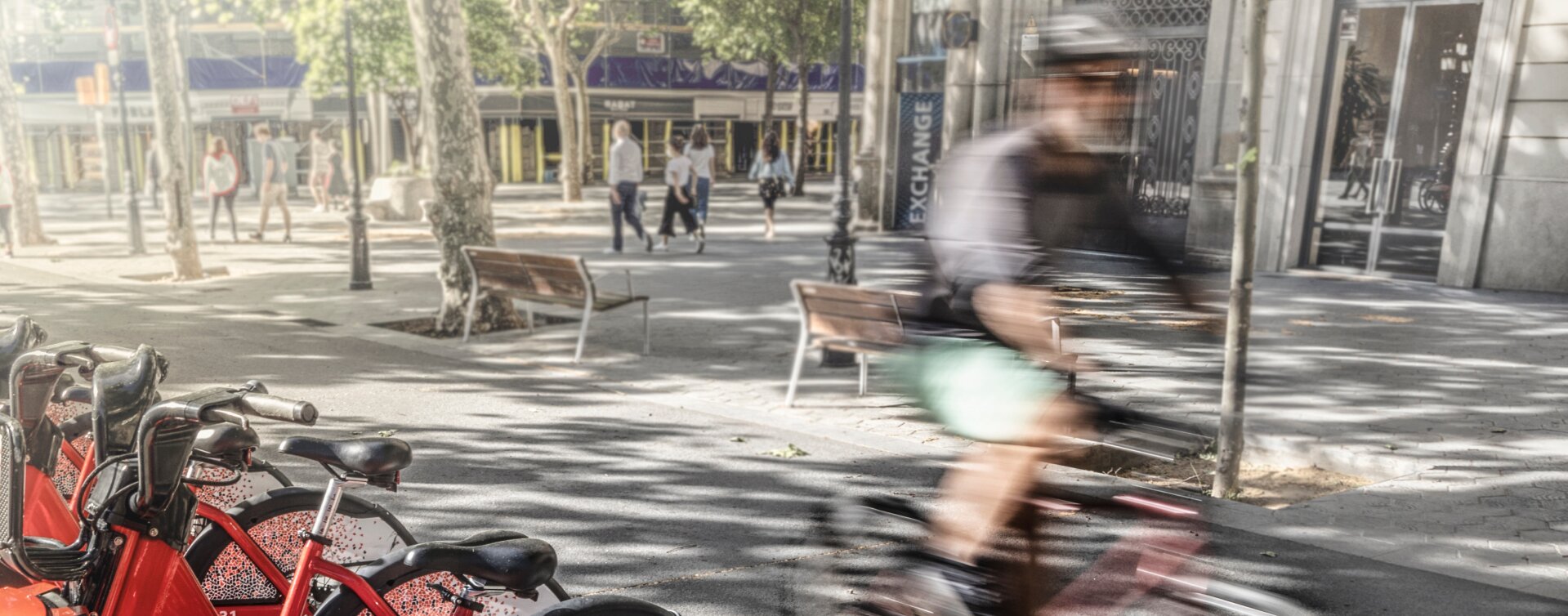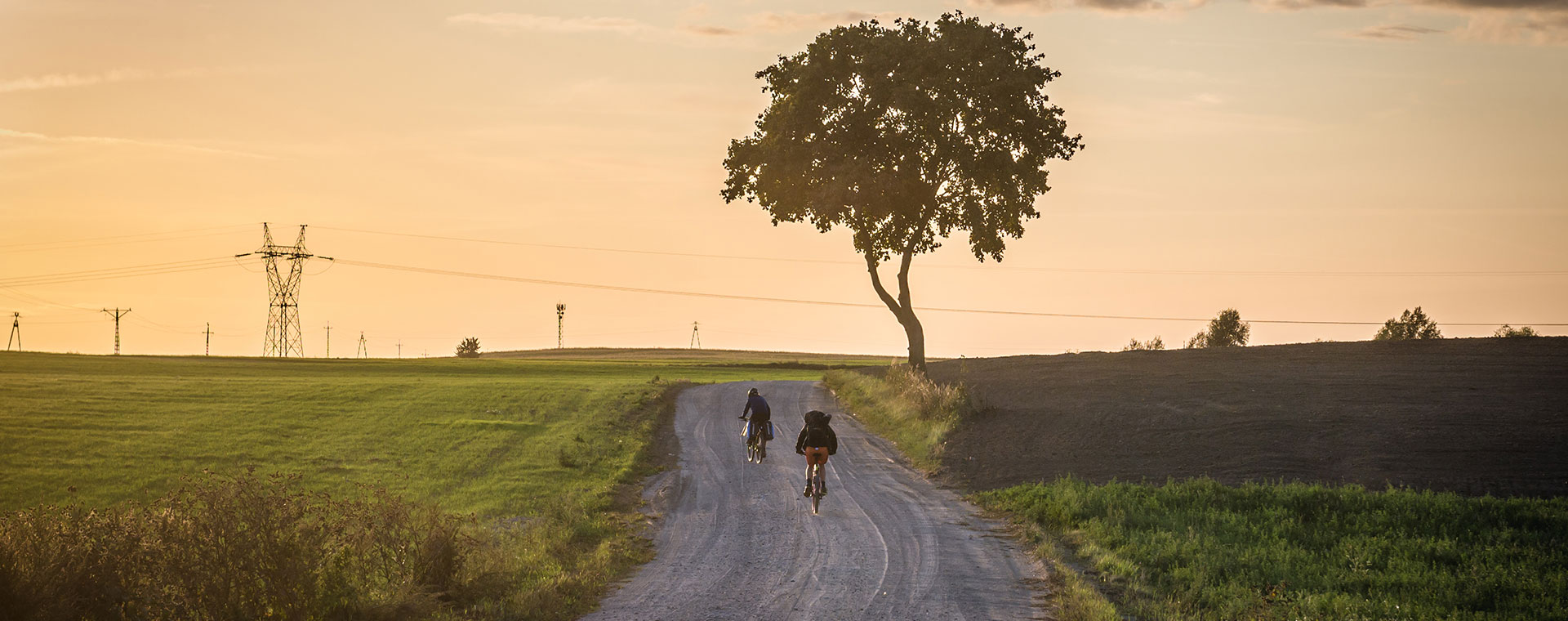Insights
Decarbonization
Do we need to pay much more attention to peri-urban and rural areas?

Discussions at the Mobility Sphere forum in Brussels gave new insights into the transportation challenges faced by peri-urban and rural areas. While lowering individual car use is necessary and welcome in the city, a similar approach in low population-density regions can only work if citizens there are given credible public transportation alternatives, some participants suggested.
Car dependency
“There are people who don’t have a choice in their daily mobility,” saidBailleul Sébastien, Director of Institutional and European Relations at Wimoov, a French association dedicated to inclusive mobility. “There is no public transport, so they are completely dependent on the car”. The dependency on cars can be a big financial burden on lower-income households, with individual alternatives such as electric cars not an option for most: “The people that can buy an electric car are not the people that have to commute every day from a suburb to Leuven.”
“It’s a vicious circle. People live far from the center of cities; they don’t have much money and they don’t have solutions. They can’t get around, so they can’t get a job,” Sébastien Bailleul added.
Factoring in local realities
The first step is to recognize that peri-urban and rural areas have different requirements from city centers. “More remote communities or rural communities are going to be impacted in a very different way from an urban setting,” remarked Colin Scicluna, Head of Cabinet of the European Commission Vice-President for Democracy and Demography. “That’s why we need to have an approach that factors in the realities on the ground and doesn’t make demands that are unreasonable”.
One of these realities is often the absence of reliable, safe and frequent public transportation. Jakop Dalunde, a Swedish member of the European Parliament’s Committee on Transport and Tourism, warned against urban-based policy makers ignoring this fact and taking a “morally superior stance” towards peri-urban and rural areas. Jakop Dalunde grew up in the trendy Sodermalm district in Stockholm. “I was always able to walk, bike or take the metro, so it’s always been quite easy for me to be part of the green transition in a very natural way.” But for many others “living more sustainably is more of a struggle,” he said. “We need to be much less judgmental and much more focused on making sure that it’s easy to use public transportation outside of the cities.”
The price of change
It is “important to listen and see what people need to change,” argued Jillian Van der Gaag, Senior Policy Advisor to the city of Amsterdam, especially for “people who cannot afford to change”.
Whenever affordable and reliable public transport solutions are available, “people can quite easily live without a car in a rural setting,” observed Scicluna. Good public transportation would also help lessen the impact of the financial gap between city dwellers and people living further away, according to Dominique Riquet, a transport specialist who recently retired from politics after a long career as a Member of the European Parliament. “If you are living in the center of Paris or London you are probably rich and not poor,” Riquet remarked. “And if you are in a very peripheral area, you are probably poorer.”
But if getting in and out of cities from the periphery were made easier “I would probably choose to live in a peripheral area”, he added. “The more we solve the network question outside the main cities, the more we solve the problems of very big cities themselves.”
Violeta Bulc, a former EU commissioner for transport, said policy makers should help develop what she called “smart” villages and rural areas, involving new jobs, green technologies and mobility solutions.
-
 Interview
Decarbonization
Interview
Decarbonization
How will rural areas adapt to the shift towards carbon-neutral mobility?
Caulfield Brian, Professor in transportation and Head of Department at Trinity College Dublin, Expert to the National Transport Authorithy (Ireland)
-
 Interview
Decarbonization
Interview
Decarbonization
How can we catalyze the transition towards carbon-neutral transportation?
Katarina Cséfalvayová, Co-founder and director of the Institute for Central Europe
-
 Interview
Public investment
Interview
Public investment
How can we integrate inclusion in the transition to sustainable transportation?
Halpern Charlotte, FNSP tenured researcher at Sciences Po Paris’ Centre for European Studies and Comparative Politics
-
 Insights
Decarbonization
Insights
Decarbonization
Decarbonizing mobility: where do we start?
Aurélie Gillieaux, Managing Director Benelux of WeNow
To truly change our mobility habits, raising awareness about alternatives to private vehicles appears to be the key step. -
 Insights
Infrastructure
Insights
Infrastructure
Are we on track to adapt our transportation infrastructure with our growing needs by 2050?
Currie Graham, Professor of Public Transport at Monash
The model of the 20th century - what we call the “Predict Provide Paradigm”, where urban planners would predict the amount of vehicle infrastructure, provide them, and segregate traffic - is no longer sustainable.
